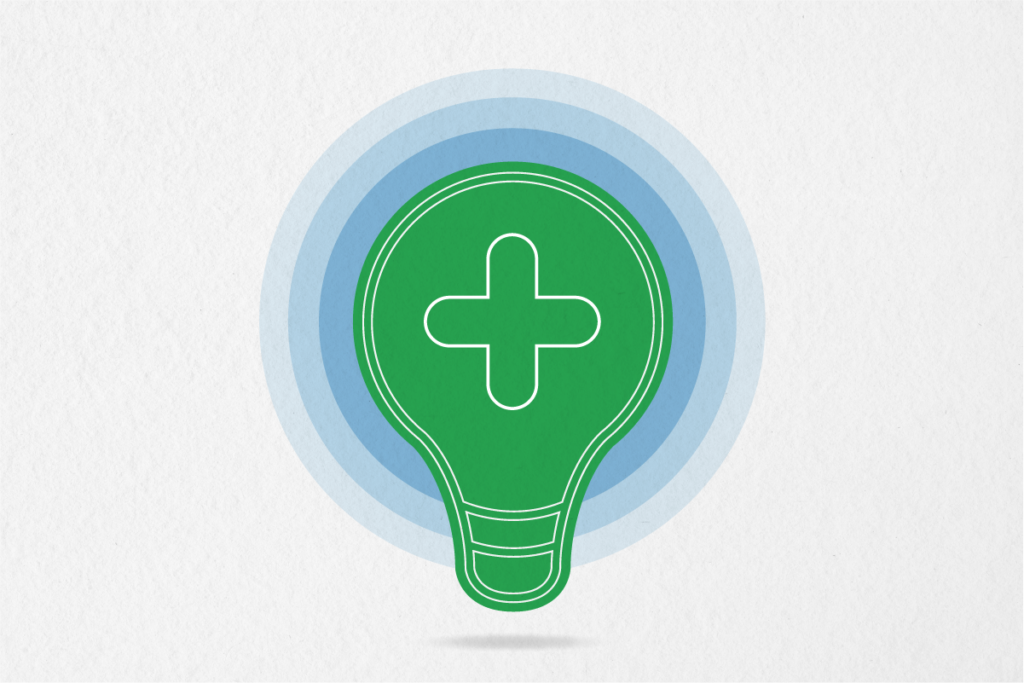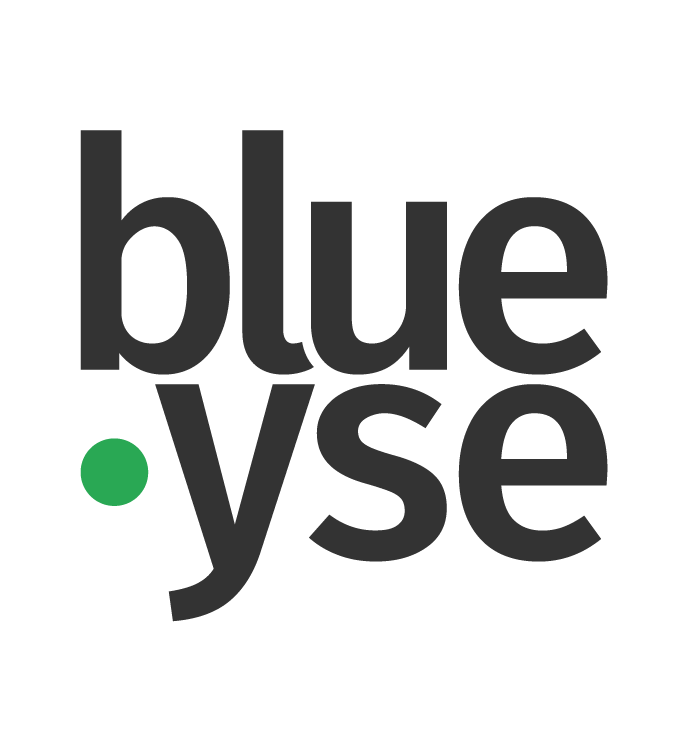
There are seven University Medical Centres (UMC) in the Netherlands. UMCs are academic hospitals. This means that they are connected to a university. They provide complex care that requires specialized facilities.
Collaboration between the UMCs
Each year, new programmes and initiatives are developed to transition nationwide to an inclusive work environment. UMCs are collaborating in the following areas. For example, they share action plans, ombudsmen know each other’s cases, there is a network around the working conditions perspective and the directors exchange HR experiences. Incidentally, it is unclear whether all seven UMCs are working together. But according to Karen Kruijthof, a member of the Executive Board of Amsterdam UMC, that ambition is there.
The MT of the hospital was white
‘The hospital’s MT was homogeneous and was still too often a glass ceiling for employees with bicultural backgrounds,’ said Karen Kruijthof. Amsterdam UMC’s strategy days in February 2020 showed the homogeneity at the top: of the two hundred attendees, only three colleagues had a different skin colour. In addition, it appeared that colleagues with a migrant background were regular victims of microaggression. Also, the majority of Amsterdam is made up of residents with a migrant background, and that should be reflected in the workplace.
The cover: we are Amsterdam UMC
‘Our slogan is “We are Amsterdam UMC. That requires us to be inclusive and diverse, to be curious about mutual differences and strengthen ourselves with them,’ Kruijthof says. To improve diversity and social safety, Amsterdam UMC signed the Charter Diversity of the Social and Economic Council (SER) in late 2021. The Diversity Charter focuses on several dimensions of diversity: workability, ethnic-cultural diversity, gender, age and LGBT+. Companies and organisations themselves determine where the focus lies. The Charter is affiliated with the European platform of Diversity Charters. As a signatory, you have access to the network of over 12,000 organisations in 26 countries that are part of this platform.
Cultural Diversity Barometer
We are not allowed to register cultural diversity, sexual orientation or other forms of diversity in the Netherlands. At the same time, this forms a handicap for measuring how inclusive the organisation is. That is why Amsterdam UMC started the Cultural Diversity Barometer of the CBS. This barometer gives organisations with 250 or more employees insight into the cultural diversity of their workforce, without individuals being recognizable in the figures. CBS links data from an organisation to other data and returns it as aggregated data. No new employee data is included, and there is no need to share any special personal data. At the minister’s request, CBS also publishes a dashboard of regularly updated statistics on cultural diversity in the labour market, which organisations can use as a benchmark.
Diversity is a movement that affects an entire organisation
Amsterdam UMC, since signing the Charter in 2021, has been implementing a program that focuses on the following pillars:
| Adjustments of recruitment and selection procedures | Develop a more inclusive culture in the workplace | Stand for social safety |
Research blind spots in the organisation Critical recruitmentIncorporate diversity as a theme in leadership programs. Start a cross-mentoring program for employees from bi-cultural backgrounds. | Central to this is stimulating awareness and creating recognition, acknowledgement and appreciation of diversity. Organizing dialogue sessions on diversity, including discussion of discomfort. | Starting point is: all colleagues are co-owners of each other’s safety. Develop app #wouldIsaywhat to address transgressive behaviour. |
The meaning of diversity and inclusion changes over time
However, Amsterdam UMC is far from finished. ‘We are never finished examining blind spots in our recruitment and selection mechanism, making undesirable behaviour negotiable and sharing success stories of diverse teams,’ Kruijthof says.
‘We are aware that the change process is not a linear, but a long-term process without a ‘definite’ end. It remains a process. Due to constantly changing demographics, diversity and inclusion will have a completely different meaning in another 10, 20 years.’
Sources
Karen Kruijthof: ‘Diversiteit is een instellingsbrede beweging’: https://www.zorgvisie.nl/karen-kruijthof-diversiteit-is-een-instellingsbrede-beweging/
Charter Diversiteit: https://www.ser.nl/nl/thema/diversiteitinbedrijf/charter-diversiteit
Barometer culturele diversiteit: https://www.cbs.nl/barometerculturelediversiteit
‘Diversiteit is een instellingsbrede beweging’: https://www.medischebanenbank.nl/werven-in-de-zorg/diversiteit-is-een-instellingsbrede-beweging.html
Diversiteit en inclusie: https://www.amsterdamumc.org/nl/organisatie/diversiteit-en-inclusie.htm
Inclusiviteitsbeleid is nooit klaar: https://www.kis.nl/artikel/inclusiviteitsbeleid-nooit-klaar
